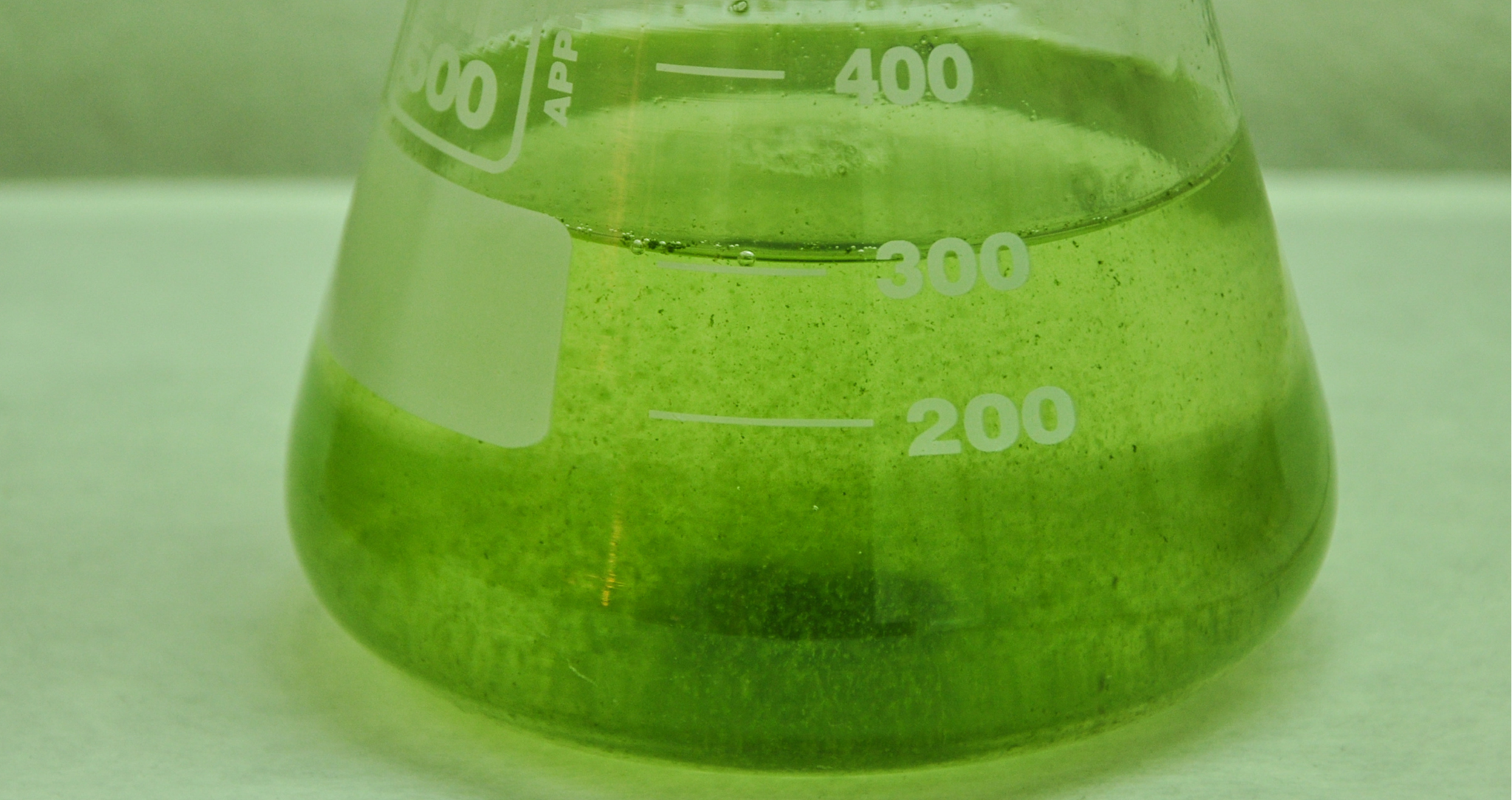 Haematococcus pluvialis is an algae that contains Astaxanthin. Algae produces Astaxanthin when it encounters adverse conditions. Astaxanthin is an antioxidant from marine life including algae.
Haematococcus pluvialis is an algae that contains Astaxanthin. Algae produces Astaxanthin when it encounters adverse conditions. Astaxanthin is an antioxidant from marine life including algae.
Astaxanthin is a naturally occurring, red-pigmented Ketocarotenoid (or plant color) found in certain types of microalgae and yeast. It is mainly found in Haematococcus pluvialis, a type of spirulina, and Xanthophyllomyces dendrorhous, a type of yeast.
Ketocarotenoids have some chemical similarities to carotenes, which are also plant colors, such as lycopene and beta-carotene. However, it has a closer relationship with oxidized xanthophylls (oxygen-rich plant pigments) such as lutein and zeaxanthin, which are known to improve eye health.

Algae and yeast naturally produce and accumulate Astaxanthin. It serves as a food source for marine species such as shrimp, salmon and crabs, which metabolize these elements into the food chain. Crustaceans accumulate Astaxanthin in their shells and flesh, while in salmon and freshwater trout, these pigments are present in their flesh. Consuming seafood rich in Astaxanthin can bring you the best health benefits.
Health benefits
Acting as a Carotenoid, Astaxanthin is a fat-soluble pigment with strong antioxidant properties that protect your cells from free radicals and oxidative stress. Carotenoids are known for their ability to neutralize reactive oxygen species, on the inner and outer layers of cell membranes.
Additionally, Astaxanthin may provide health benefits such as:
- Supports the immune system
- Reduce inflammation
- Protects from skin damage caused by ultraviolet rays
- Healthy heart function
- Reduce health risks
- Good for pregnant and breastfeeding women
- Fights allergic reactions




